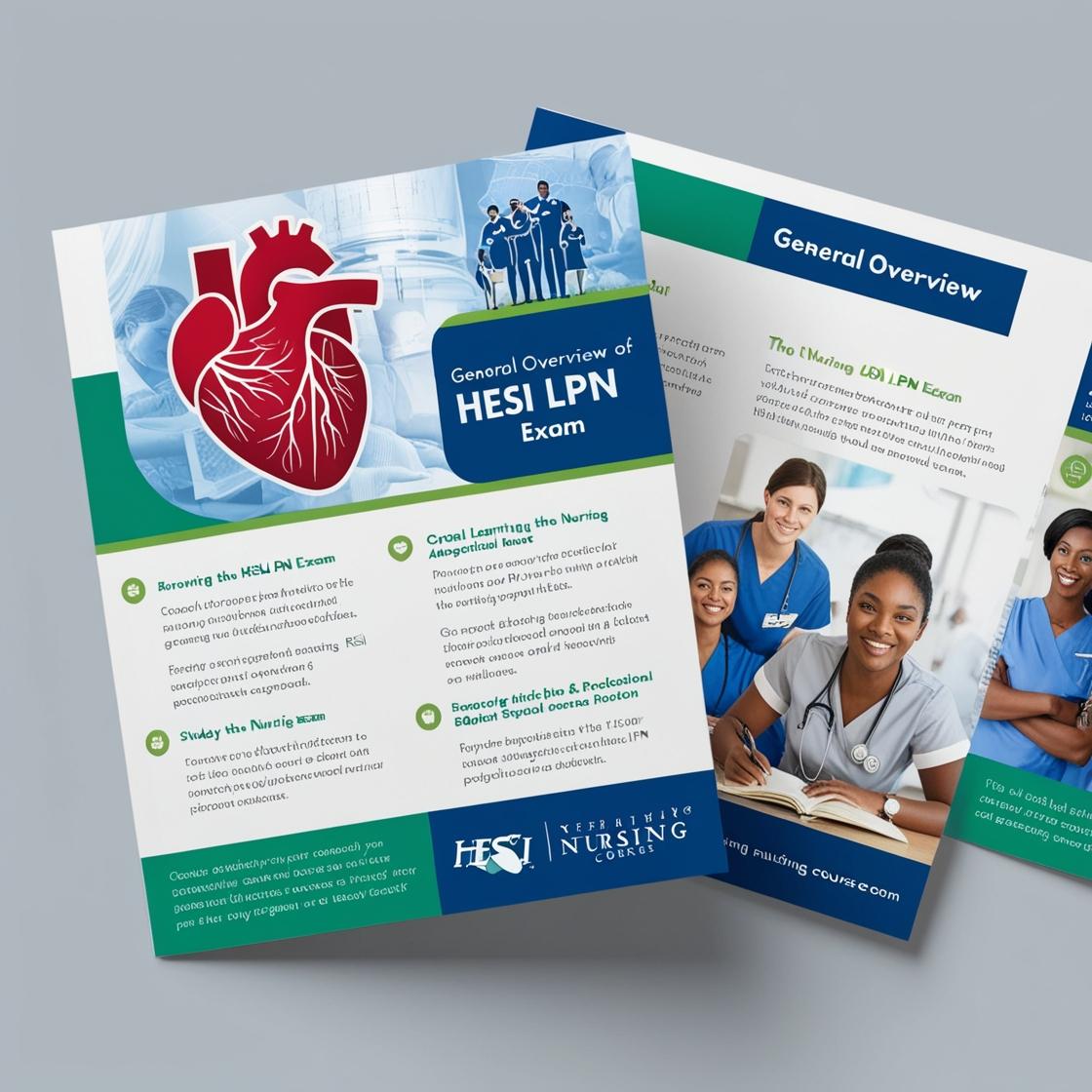HESI LPN
Adult Health 2 Exam 1
1. A nurse is developing a care plan for a client with chronic pain. What interventions should be included to help manage pain?
- A. Administer pain medication around the clock
- B. Teach relaxation techniques
- C. Encourage physical activity
- D. All of the above
Correct answer: D
Rationale: In managing chronic pain, it is essential to employ a multi-faceted approach. Administering pain medication around the clock helps maintain consistent pain relief. Teaching relaxation techniques such as deep breathing or guided imagery can help reduce muscle tension and promote relaxation, which can alleviate pain. Encouraging physical activity, tailored to the client's abilities, can help improve overall physical functioning and reduce pain perception. Therefore, combining all these interventions (pain medication, relaxation techniques, and physical activity) provides a comprehensive approach to pain management, addressing different aspects of the client's experience with chronic pain. This holistic approach is more effective than using a single intervention alone, making 'All of the above' the correct choice.
2. The nurse is assessing an older resident with a history of Benign Prostatic Hypertrophy and identifies a distended bladder. What should the nurse do?
- A. Stand the client to void and run tap water within hearing distance before catheterizing
- B. Straight catheterize and if the residual urine volume is greater than 100 mL, clamp catheter
- C. Catheterize q2h and place in an indwelling catheter at the end of the prescribed 24hr period
- D. Catheterize with an indwelling catheter and if the residual volume is greater than 100 mL, inflate the balloon
Correct answer: D
Rationale: Prompt and appropriate management of urinary retention prevents complications like infection and bladder damage.
3. The nurse is caring for a client with an indwelling urinary catheter. What is the most important action to prevent catheter-associated urinary tract infections (CAUTI)?
- A. Perform hand hygiene before and after handling the catheter
- B. Change the catheter every 72 hours
- C. Apply antibiotic ointment at the insertion site
- D. Irrigate the catheter daily
Correct answer: A
Rationale: Performing hand hygiene before and after handling the catheter is crucial in preventing catheter-associated urinary tract infections (CAUTI). This practice helps minimize the risk of introducing harmful microorganisms into the urinary tract. Changing the catheter every 72 hours is not recommended unless clinically indicated as it can increase the risk of infection. Applying antibiotic ointment at the insertion site is not a standard practice and may contribute to antibiotic resistance. Irrigating the catheter daily is unnecessary and can introduce pathogens into the urinary tract, increasing the risk of infection.
4. During a health screening, a client's blood pressure reads 160/100 mm Hg. What should the nurse recommend?
- A. Schedule a follow-up appointment
- B. Start making immediate dietary changes
- C. Begin an exercise program
- D. All of the above
Correct answer: A
Rationale: A follow-up with a healthcare provider is necessary to assess and manage the newly identified hypertension. While dietary changes and exercise are important for managing high blood pressure, immediate lifestyle modifications without further evaluation by a healthcare provider may not be safe or effective. Option A is the most appropriate initial step to ensure proper assessment and management of the client's blood pressure. Therefore, choices B and C are incorrect in this scenario. Option D is also incorrect because not all options should be implemented without proper medical guidance.
5. Which client will benefit most from the application of pneumatic compression devices to the lower extremities? The client who
- A. is immobile on prescribed bedrest.
- B. has pressure ulcers on several toes.
- C. has diminished pedal pulse volume.
- D. is confused and trying to climb out of bed.
Correct answer: A
Rationale: The correct answer is A. Pneumatic compression devices are most beneficial for immobile clients on prescribed bedrest to prevent deep vein thrombosis. Applying these devices helps in promoting circulation and preventing blood clots. Choices B, C, and D do not specifically relate to the primary indication for pneumatic compression devices, making them incorrect. Pressure ulcers, diminished pedal pulse volume, and confusion with climbing out of bed may require different interventions or treatments.
Similar Questions

Access More Features
HESI LPN Basic
$69.99/ 30 days
- 50,000 Questions with answers
- All HESI courses Coverage
- 30 days access @ $69.99
HESI LPN Premium
$149.99/ 90 days
- 50,000 Questions with answers
- All HESI courses Coverage
- 30 days access @ $149.99
